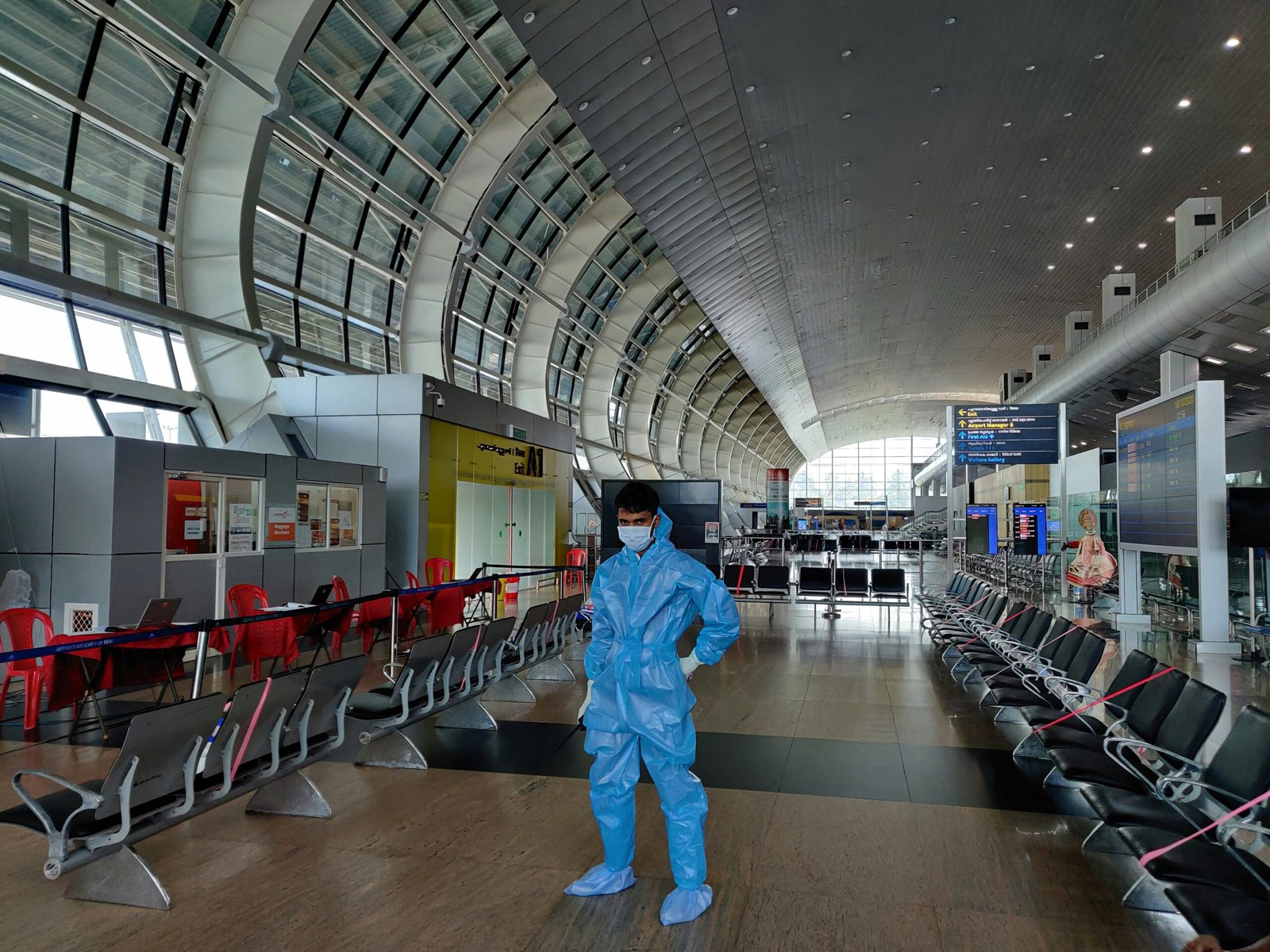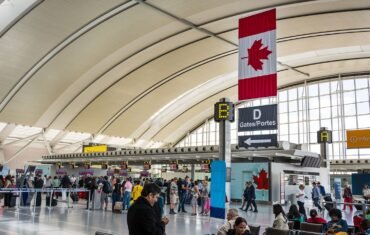Current Travel Warnings from the US Government
As of now, the US government has issued multiple travel warnings affecting various countries due to a combination of geopolitical tensions, public health concerns, and security issues. These advisories are crucial for American travelers, as they provide detailed information about potential risks and the safety of visiting specific regions. It is essential for those planning to travel internationally to regularly consult these warnings to make informed decisions.
Countries such as Afghanistan, Venezuela, and North Korea currently have robust travel restrictions, owing largely to security circumstances and diplomatic relations. The ongoing conflict in Afghanistan contributes to a Level 4 travel advisory, urging Americans to avoid travel to this region entirely. Similarly, in Venezuela, political instability and an inadequate healthcare system heighten risks for American travelers, warranting a travel ban. In North Korea, strict travel limitations stem from the government’s severe control over foreign nationals, leading the US to recommend against all travel.
The reasons behind these travel warnings can often be traced back to the global perception of the United States, particularly under the policies of the previous administration. International relations have shifted significantly, influencing how the US is viewed abroad. The diplomatic approach adopted during Donald Trump’s presidency has led to increased scrutiny and skepticism of American travelers in certain regions. This reflects not only in travel warnings but also in the experiences of travelers who may face hostility or heightened suspicion from local populations.

Staying informed about travel advisories is paramount for potential travelers. Regularly checking the US State Department’s website can provide up-to-date information about changing conditions or new warnings. Understanding the landscape of current travel warnings will better prepare travelers for their journeys and mitigate potential risks associated with international travel in the current climate.
International Response and Travel Restrictions
The landscape of international travel has been significantly affected by various travel restrictions imposed on U.S. travelers by numerous countries. These restrictions stem from a combination of political motivations and public health concerns, particularly in the wake of the COVID-19 pandemic. Countries have adopted varying policies based not only on their health safety priorities but also on geopolitical relations, which reflect broader trends in global diplomacy.
For instance, several European nations reinstated travel bans early in the pandemic, citing rising COVID-19 infection rates in the United States. Countries such as France, Germany, and Italy were particularly cautious, reinforcing the connection between public health crisis management and diplomatic relations. As the United States faced scrutiny over its initial handling of the pandemic, sentiments towards Donald Trump’s administration and its policies may have contributed to the tightening of restrictions, showcasing the interplay between international diplomacy and domestic governance.

In addition to Europe, regions such as Asia and Oceania also implemented stringent travel bans. Countries like Australia and New Zealand have maintained some of the strictest border controls to safeguard their populations, prioritizing public health over tourism and economic considerations. This has resulted in a clear disparity in travel access based on geographical and political affiliations. Such decisions often highlight the perceived risks associated with U.S. travelers and illustrate how sentiment towards the American government can influence diplomatic relations.
As a result, restrictions do not merely reflect public health imperatives but also serve as indicators of international attitudes toward the United States. This complex web of travel bans has ultimately reshaped the international travel landscape, making navigation through these waters a critical concern for travelers and policymakers alike. Understanding these restrictions is essential for anticipating future trends in global travel recovery.
Adjusting to a Volatile Travel Market
The current climate of travel has become increasingly unpredictable, largely due to the rapid shifts in travel restrictions influenced by geopolitical and public health developments. Travelers are now often required to adopt enhanced adaptability in their plans, ensuring a smooth experience amidst these new challenges. One of the primary strategies for navigating this volatile market is to emphasize flexibility when booking travel arrangements. Choosing refundable tickets or accommodations that allow for changes without significant penalties can significantly mitigate the stress associated with last-minute adjustments.
Utilizing reputable sources for real-time travel updates is also critical. Official government websites, established news outlets, and trusted travel advisory platforms consistently provide the most reliable information regarding border restrictions, entry requirements, and health protocols. By staying informed through these channels, travelers can better anticipate changes and make informed decisions. Social media channels or travel forums may offer anecdotal information, but they often lack the accuracy and timeliness needed for effective travel planning.

Moreover, maintaining a flexible mindset is essential for adapting to sudden changes. Unexpected situations such as unexpected flight cancellations, delays, or sudden changes in local health regulations require travelers to reassess their plans quickly. It is advisable to have contingency plans in place, including alternate travel routes or accommodation options. Utilizing travel insurance can also provide a safety net, covering unforeseen cancellations or medical needs, thereby offering peace of mind during these turbulent times.
Ultimately, navigating the unpredictable travel landscape necessitates a combination of thorough research, flexibility, and preparedness. By adopting these strategies, travelers can enhance their overall experience, ensuring safety while effectively responding to the dynamics of the current climate.
Staying Informed: Resources and Tools for Travelers
In an era characterized by rapid changes in travel protocols and regulations, it has become increasingly important for travelers to stay informed about the latest developments. Numerous resources and tools are available to help individuals navigate the complexities of travel restrictions and warnings. Firstly, official governmental websites are essential for obtaining accurate information regarding travel advisories and entry requirements. Websites such as the Centers for Disease Control and Prevention (CDC) and the World Health Organization (WHO) provide updates on health-related guidelines, ensuring travelers are aware of critical precautions necessary for safe travel.
Additionally, the U.S. Department of State offers travel advisories that categorize nations based on their safety levels, highlighting any risks that travelers should be aware of before planning their journeys. These authoritative sources serve as foundational tools for making informed travel decisions, especially in the context of the evolving climate.
Incorporating technology into travel planning can also enhance awareness of pertinent updates. Travel apps like TripIt and Google Travel allow users to organize their trip details while providing real-time notifications on flight changes, cancellations, or health alerts. Furthermore, news outlets dedicated to travel can often spotlight changes in regulations, destination-specific requirements, and emerging travel trends. Subscribing to newsletters from these sources can further equip travelers with timely, relevant information.

However, it is vital for travelers to critically assess the reliability of the information they consume. Evaluating the credibility of the source, checking the publication date, and cross-referencing with multiple outlets can ensure that the information is both accurate and up-to-date. By leveraging these resources and remaining vigilant, travelers can confidently make informed decisions that prioritize safety while satisfying their travel aspirations.




